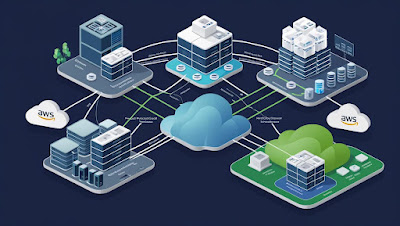DevSecOps: Integrating Security from Code to Cloud - Complete Guide 2025

With the ever-evolving digital world, hardening security in applications post-deployment is not a viable process anymore. DevSecOps, or the integration of security into the development life cycle itself, is now an absolute method for organizations to develop secure, secure applications at the same speed that they are developing them. What is DevSecOps? DevSecOps takes the DevOps culture to the next level by incorporating security activities at each stage of the software development lifecycle (SDLC). Unlike security being a separate phase and worked on by a different team, DevSecOps incorporates security at each stage of it, right from the code-writers to the infrastructure administrators. The concept is straightforward: move security left. By fixing security issues upfront, organizations can eliminate vulnerabilities, prevent expenses, and improve time-to-market without compromising security posture. The Cultural Shift: Dismantling Silos and Developing Security Awareness The ...

